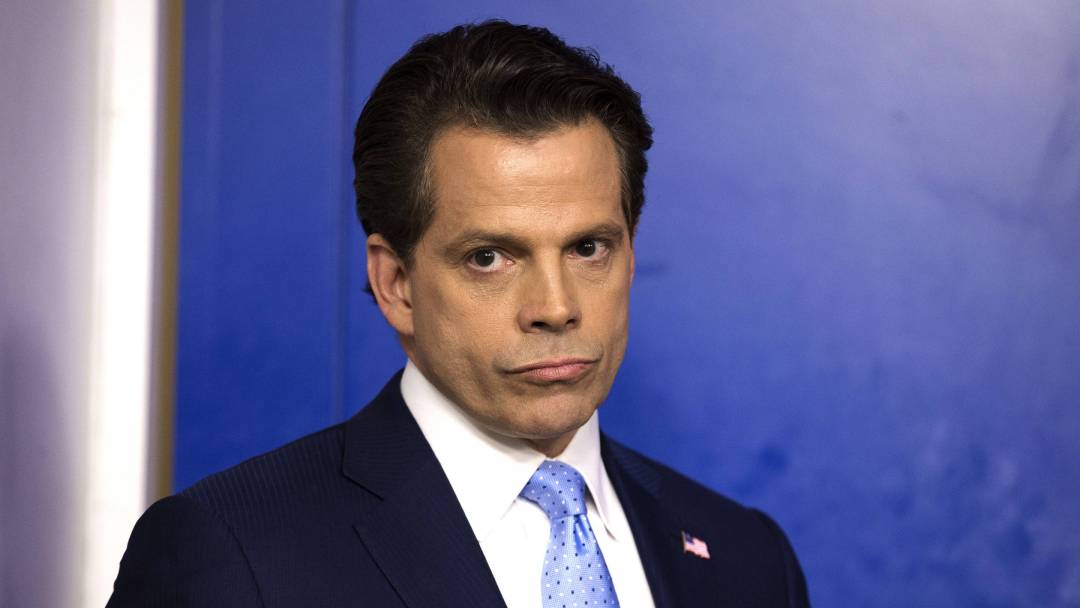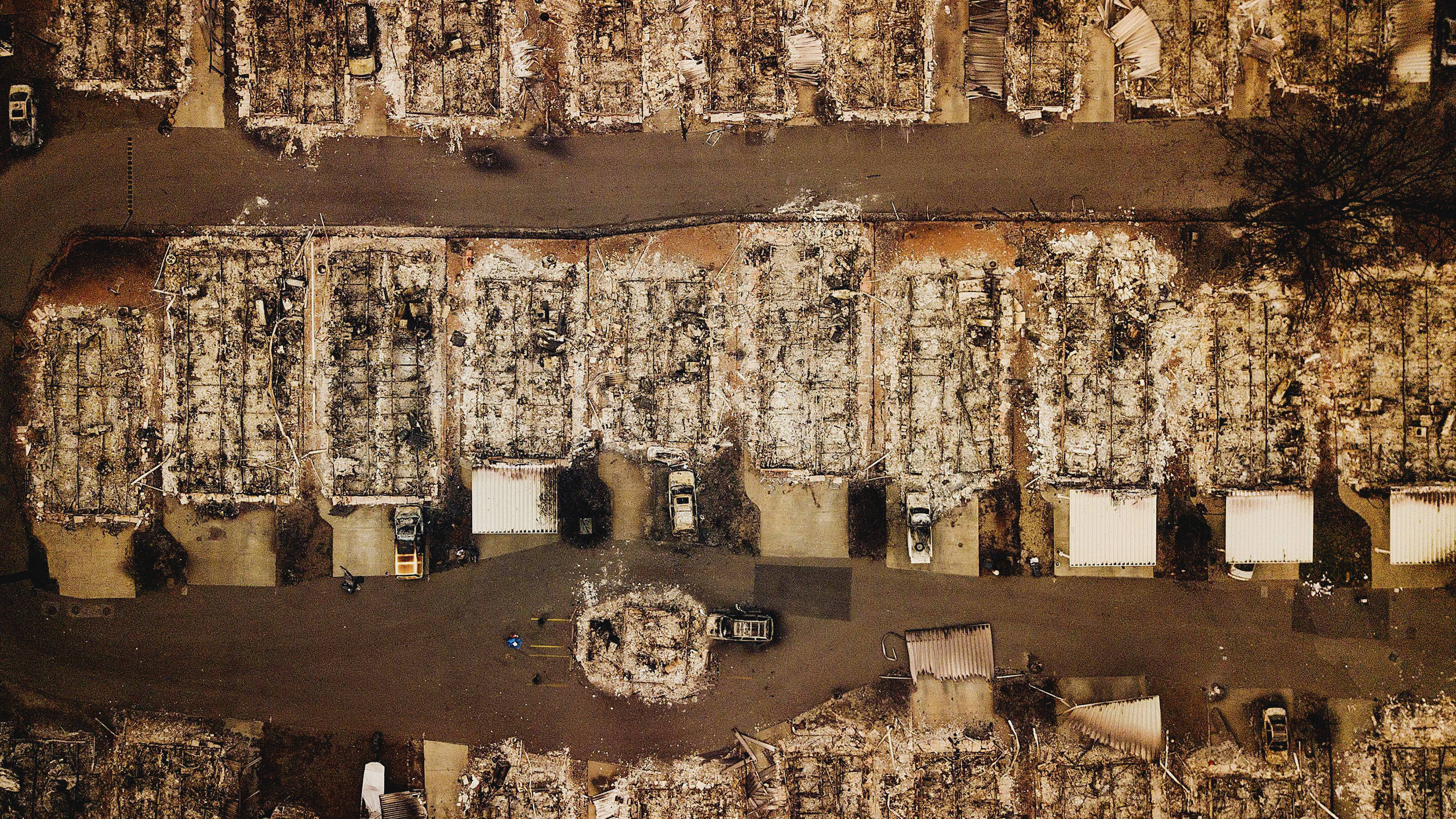
Smoke Signals: In the Aftermath of the California Fires, a New Battle Arises
Playboy talks to scientists on why we must adapt to, rather than deny, climate change's ubiquity
For generations, California natives like myself have been accustomed to living in a state of incredible natural beauty and diversity, marked by occasional extreme weather. But this could all be gone even more quickly than modern California was built on the foundations of the 1849 Gold Rush. That's the message being sent by the Camp Fire—the deadliest wildfire in modern U.S. history, but nothing compared to what lies ahead if global warming continues at its current pace.
No one was prepared for the Camp Fire, not even in the field of fire experts and historical researchers like LeRoy Westerling at the University of California, Merced, who has studied drought and wildfire patterns of the western U.S. covering the last 100 years.
“Maybe I’m just lacking in imagination, but there's nothing that we were looking at a few years ago, or that we are projecting that prepared me for losing a city of 27,000 people,” Westerling says. There had been 500 percent increases in the extent of fires in some regions previously, he acknowledged. “The area burned in these large fires has increased throughout the West, with fires burning in all kinds of vegetation,” he says. “But not in the Central Valley in California.”
That said, Westerling and his colleagues know a great deal about the multiple factors that contributed to the Camp Fire’s exceptional intensity—some due to global warming, some to other forms of human activity, and others to nature itself. Collaborations between experts and residents have saved lives and homes in whole communities. When the Thomas Fire roared into Montecito last December, firefighters feared losing hundreds of homes—they lost 427 in the 1990 Painted Cave Fire—but in the end lost only seven, with no one killed or even injured. It was due to multiple adaptive strategies—finding ways to live with, rather than denying, fire’s inevitability—according to Crystal Kolden, an associate professor of pyrogeography at the University of Idaho, who took part in evaluating that success.
Perhaps the secret of how to cope with global warming lies along similar lines. One thing is certain: Finding ways to live with global warming’s inevitable impacts gives us much more to work with than continuing to deny it. As much as anywhere else on Earth, California's distinctive mix of innovation, imagination, reinvention, research and cultural diversity just might hold the potential to finding our way through the precarious future that lies ahead, especially if we form strong local response plans to guide us, as the people of Montecito have done in dealing with the threat of wildfire.
Maybe I’m just lacking in imagination, but there's nothing that we were looking at a few years ago, or that we are projecting that prepared me for losing a city of 27,000 people.
Global warming drives extreme weather—and consequences like wildfires—through multiple pathways that make extremes more likely. That's what we've seen the past two years with hurricanes, and it's what we're seeing in California wildfires, too. Understanding those pathways holds the key to finding our way forward, preventing the most dangerous future, and creating long-term solutions—not just for California, but for the world.
Westerling outlined a number of ways that global warming increases wildfire threat in California, some via universal processes, others more geographically specific. First, obviously, “if you warm up temperatures you increase evaporation,” both from plants and the soil, “so it just makes landscape more flammable directly.” But warmer temperatures also mean “less snow and more rain, and earlier snowmelt,” extending the fire season. “You just get a dryer landscape earlier in the season and then a longer dry season, whereas the evaporation just intensifies the seasonal drought, and interannual drought.
California’s highly variable precipitation between extremely wet and dry years, and its intense concentration in a few major storms adds another layer of vulnerability that can converge with another global process. “As you warm up the globe, you warm up the equator more slowly than the poles,” Westerling explains, which “slows down the heat transfer from the equator to the pole.” That means slowing the jet stream, causing it to meander more, generating patterns with really persistent weather—wet or dry, hot or cold— “so you get these weather patterns that last for a lot longer in a particular location.” The same jet stream configuration that prolonged California’s fire season also brought more Arctic air down to the East Coast, leading Trump to mistakenly believe it “disproved” global warming.
Summing up, Westerling says, “So we’re getting enhanced precipitation variability, as well as more evaporation and increased rain and reduced snow, and an earlier spring and a longer fire spread season.” What’s more, “When you make that precipitation more variable, you're more likely to lose what we call the ‘shoulder season’ [fall and winter] storms than you are to lose the ‘peak season’ storms.”
Typically, the region where the Camp Fire burned would have gotten four or five inches of rain by early November, so the loss of shoulder season storms clearly played a major role in that tragedy. There are other human factors apart from global warming, such as “changes in fuel densities because of fire suppression” or “land-use changes, like adding grazing mammals” or “building infrastructure and housing intermixed with wildland fuel that can carry a fire to the edge of the developed area,” all factors that can compound each other, but also predominate in different places.
Finding ways to live with global warming’s inevitable impacts gives us much more to work with than continuing to deny it.
Ansel Adams's 1983 Playboy Interview Should Be Required Reading for Climate Change Deniers
A candid conversation with America's "photographer laureate" and environmentalist
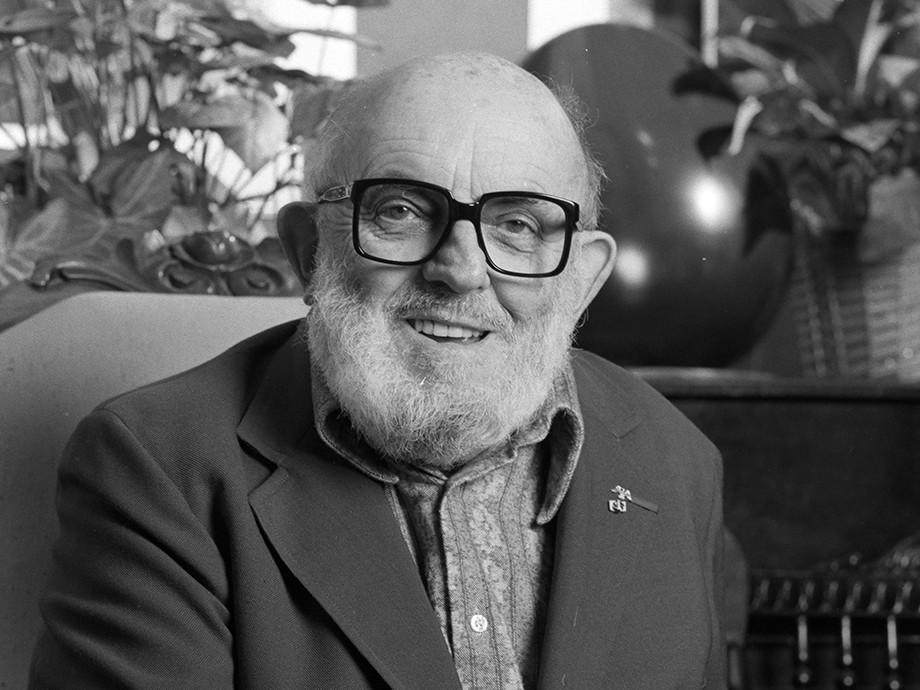
None of them is as simplistic as Trump’s tweets about forest management might suggest. “These are not typically forest fires. They’re fires spreading in the brush and understory. That's more about managing vegetation around structures and communities, it’s not about forest management,” Westerling explains. Even in forests, cutting down valuable, mature trees is the opposite of what’s needed to reduce wildfire threat. “Most of what needs to be removed is not particularly valuable, and so you require a lot of government intervention” to subsidize the operation one way or another. “Most of the area that needs to be treated needs to be treated with fire, controlled fires in the fall and spring, and not with logging,” he says.
This is where Kolden’s understanding of adaption comes to the fore. “We’re not going to be able to just prevent fire,” she says. “We tried really hard for a hundred years and we were unsuccessful, and we actually made matters much worse, in many respects.” We accept other risks—like earthquakes—and adapt to them with building and planning codes to maximize safety. We need to do the same with fire, adapting to it the same way the Dutch have adapted to the sea, she argues. Global warming will make adapting progressively harder to do, but adaptive strategies can produce synergies helping us combat its ill-effects on multiple fronts at once.
Much of successful adaptation—both at Montecito and elsewhere—is due to what’s known as “biomimicry,” Kolden says. “Biomimicry is humans mimicking nature, and specifically looking at what characteristics and what features nature has evolved to deal with the environment,” she explains. Ponderosa pine is a widespread fire-adapted species with thick, protective fire-resistant bark that also drops off its lower limbs, so fire can't climb to its crown. “We use Ponderosa pine as an example of what people can try and mimic,” Kolden says. “We say, okay, put stucco on the outside of your house, because stucco is just not flammable. Wood siding is highly flammable, but stucco is not. Put a metal roof on, because again, it's not flammable when embers land on it. Make sure that you don't have those kinds of landscaping plants that are so tempting to plant right at the edge of your house under your window.”
Another example of biomimicry is the idea of wildfire shelters, analogous to bomb shelters. “That is copying all the little animals that scurry into their burrows underground, because we’re making it come completely insulated, nonflammable, and it’s not a place that fire’s going to be able to get into,” Kolden explains. For places like Paradise, with limited escape routes, turning a church or high school into a fire shelter can be key to survival.
When asked about general principles, Kolden says, “it's actually a social science thing,” meaning, “really focusing on what the community can realistically do,” both in terms of limited resources, and respecting their cultural practices. “The first thing I would say is you need to figure out what's going to work best for you,” she says.
Montecito had a lot of second homes, with owners willing to allow the fire district onto their private property. “In some of the more rural areas of the U.S., people don't want a government agency coming in working on the property. So what works best for them is a focus on things that they can do themselves,” Kolden notes. “They have the equipment. They have the know-how…. They’re people who want to stay and defend that land, and for many of them it's multigenerational.”
We’re not going to be able to just prevent fire. It's a lot easier to implement a lot of these mitigating solutions than it is to try and completely reverse global warming.
Another example is Boulder, Colorado, whose outdoor recreational culture is reflected in a string of parks on its west and southwest side. But in case of wildfire coming down from the Rockies, “They can have firefighters setting up along that greenbelt to essentially make a stand and protect the city, and the firefighters have a safe space to do so, because the buffer serves to slow the fire down, and reduce its intensity.”
California has a wide diversity of communities, so many different local responses make sense, but there are also broad similarities of constraints. The vast majority of California’s housing stock was built after earthquake codes were enacted, which favored building with wood. Fire codes are much more recent, so to bring them all up to code, “Were talking probably in the trillions of dollars to do that,” Kolden says. “That, to me, is just incredibly unrealistic.”
This reinforces the focus on community-based approaches. “There's going to have to be a sort of understanding that solutions have to be found at the local level, and the state is going to have to support those, sometimes by addressing some of the other regulatory pieces.” For example, “California is a place that desperately needs prescribed fires, in a huge portion of the state, and they have the strictest air quality laws in the country.” The Camp Fire produced hazardous pollution as far away as San Francisco, so it’s clear that more limited prescribed fires would be preferable.
With global warming, “The key is that it’s going to get worse,” Kolden says, “but with some mitigation, we can significantly reduce the negative impacts that are felt by the bulk of the population. Yes, it's a tough thing to solve, but it's a lot easier to implement a lot of these mitigating solutions than it is to try and completely reverse global warming.”
In Montecito, it took about 20 years, but the resulting safety improvements were almost unbelievable. Getting communities to adopt 5- or 10-year plans can prevent a tremendous amount of damage. “The whole state of California is not going to burn in the next 5 to 10 years,” Kolden says. “Every time I drive through California, I'm amazed at how many places haven't burned, in a really long time.” So there’s time to adapt.
Westerling cited an adaption example from his own community—a planned biomass burning facility that’s long-term carbon neutral. It reduces dependency on coal or natural gas, he explains, “and at the same time you're making the landscape more resilient to climate change. You have less vegetation competing for the same amount of water, and a less continuous fuel layer, so you can reduce the fire severity in the risk to homes as well.”
More broadly, statewide, “A lot of what we need to do is complementary,” he notes. If California’s population grows to 50 million by mid-century, as projected, “Most of its new development to provide housing and workspace for this added population is going to need to be high-density development along rapid transit corridors,” urban infill that will “make the economics of rapid transit much more attractive,” rather than expanding the wildland/urban interface. This will increase the energy efficiency of transportation at the same time it enhances fire safety.
New developments in rural areas can be clustered and buffered as well—addressing energy efficiency and fire-safety needs simultaneously. More synergies can be realized with improved fuel management in the Sierra Nevada. “So, there's a sort of a sweet spot there where it can address a lot of different impacts simultaneously.” On the one hand, Westerling has stressed how out-of-control the accelerating climate is. “There is no new normal,” he says.
On the other hand, he echoes Kolden’s belief on how much can be done to better protect against wildfire threat. What could well make the difference is just how well communities come together, taking active ownership of their future. The diversity among them within California provides the broadest possible menu of options for developing new solutions as challenges continue to unfold.
RELATED
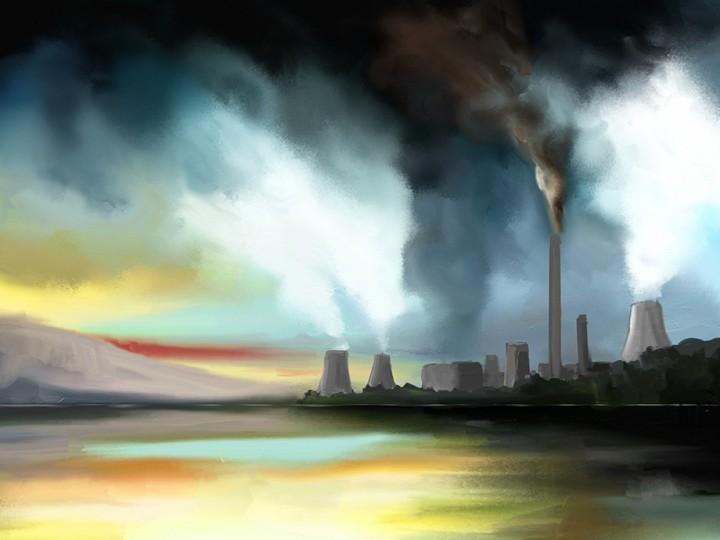
Do Cities Have the Right to Sue Big Oil Over Climate Change?
A federal ruling could force the courts to police polluters.

In the Battle Against Climate Change, the Caribbean Might Have the Most to Lose
This hurricane season, we're reminded how vulnerable islands are to the ravages of climate change
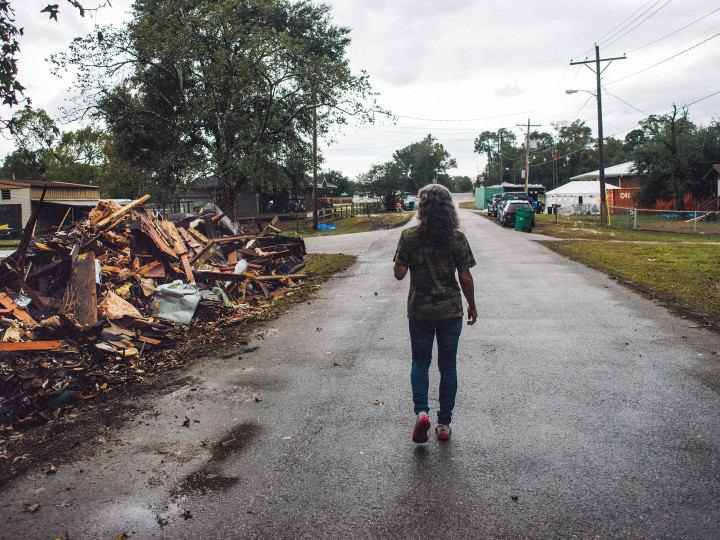
Texas After the Storm: How Hurricane Harvey Swept In a War Between Industry and Environment
The oil industry’s players must face the catastrophic planetary change they helped set in motion.
